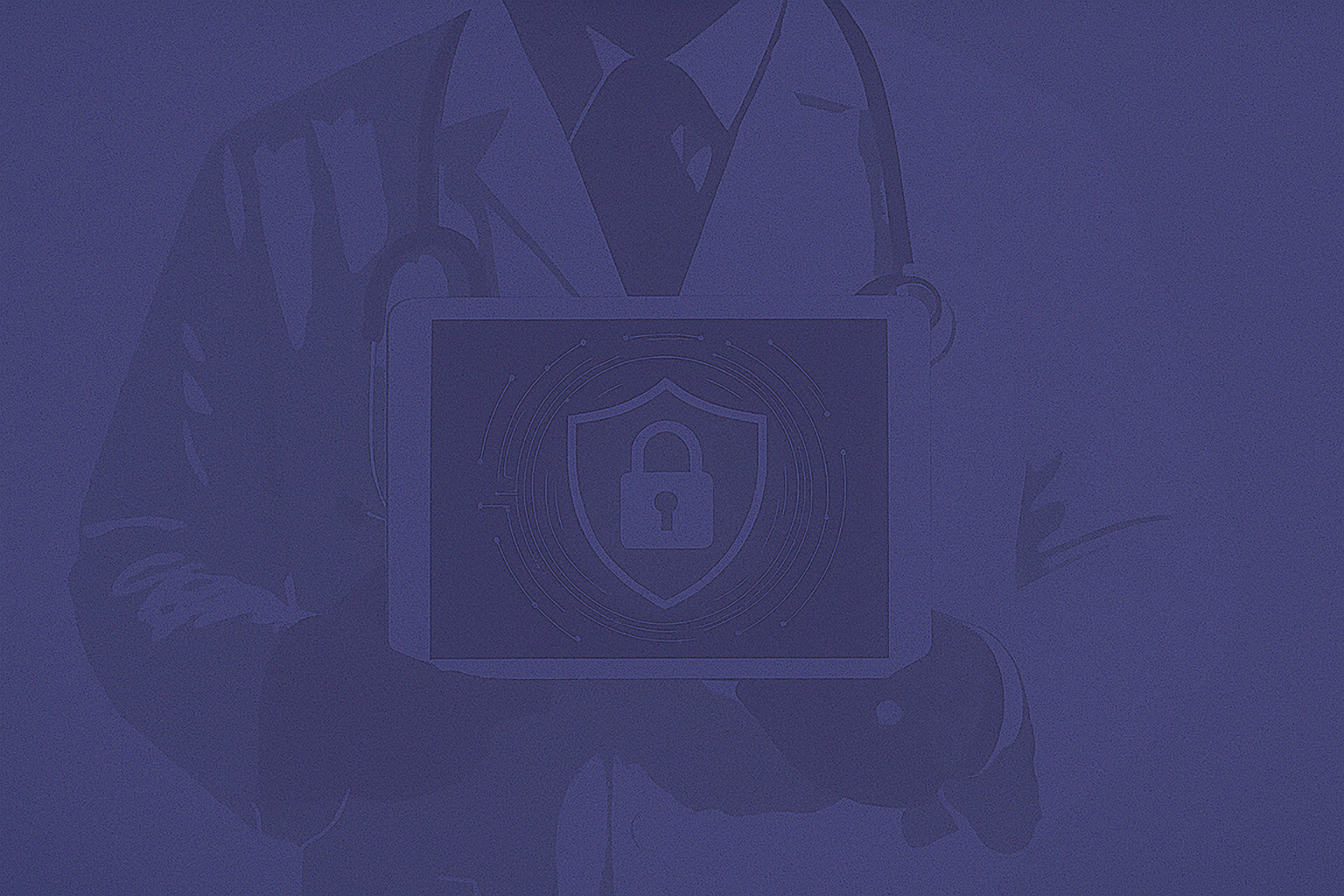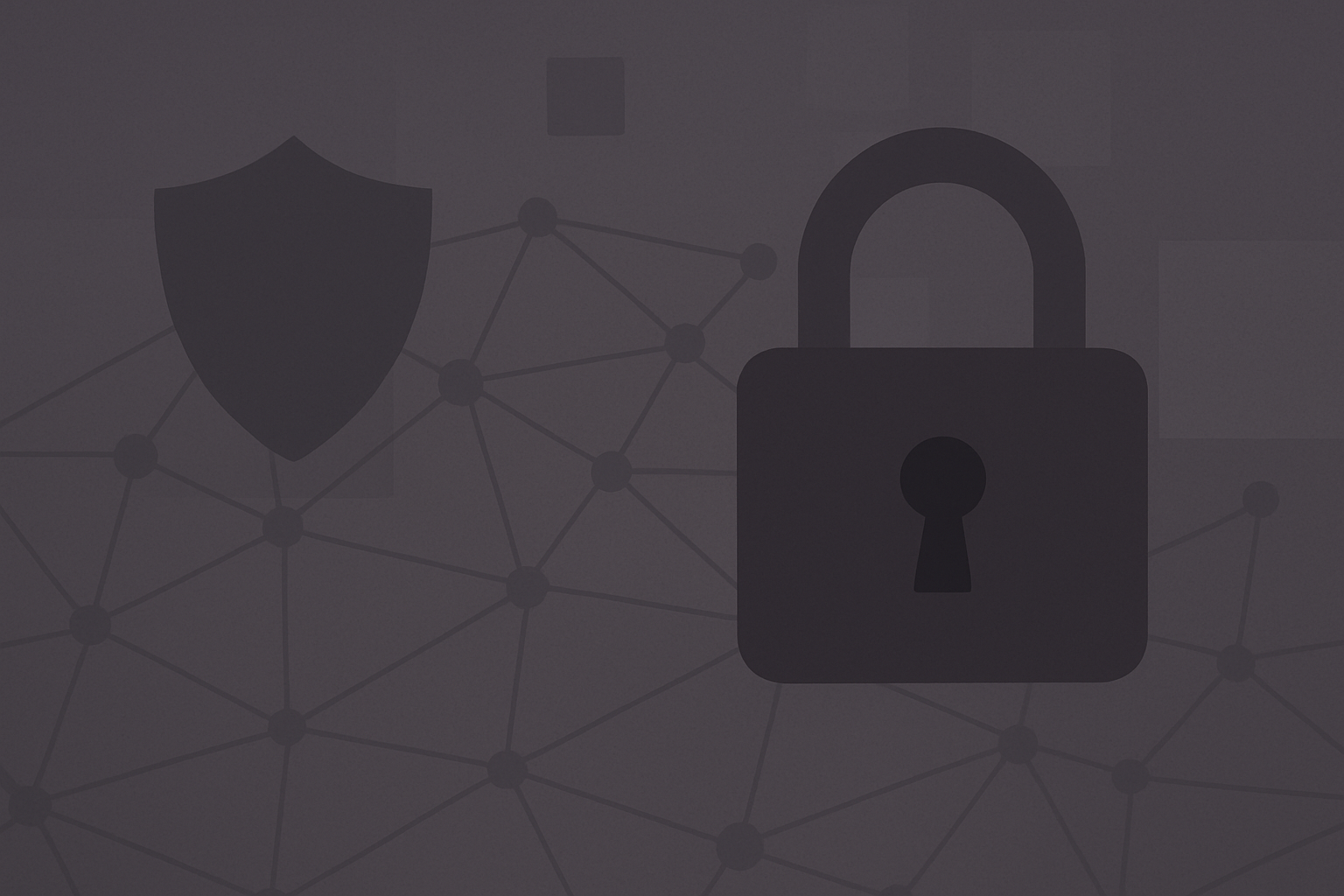What is Desktop as a Service (DaaS)?

Tehama Team
Sep 13, 2021
·
6 min read time
·

Desktop as a Service (DaaS) is a cloud computing offering where a service provider delivers virtual applications and desktops to end users via any device. When a business enlists DaaS from a technology partner, they can make their business perform more efficiently, cut costs and boost their security dynamic. Since the provider has already managed upfront expenses, the end is solely responsible for the low monthly costs of the service. Typically, DaaS providers handle storing user data, as well as upgrades for the service and supported applications. The popularity of DaaS is increasing steadily on a global scale and is estimated to reach a revenue of $2.6 billion by 2023, with a compound annual growth rate of 58.8%.
How Does DaaS Differ From VDI?
At its core, DaaS is a VDI that is hosted in the cloud by a third-party provider. With DaaS, the hardware is managed by the provider, so internal teams aren’t responsible for managing rackspace, hardware breakdown, or maintenance.
Organizations can typically get DaaS deployments running in minimal time, whereas VDI deployments can often take longer to implement. This is because the infrastructure and platform are already configured within a DaaS environment; users simply need to define desktop settings and users. Scaling with DaaS services only involves requesting additional desktop instances or user licenses, saving both money and time by not preparing new hardware.
What are the Challenges of DaaS?
Traditional DaaS and virtual desktop infrastructure (VDI) technology, while well established, can’t defend against a growing number of threats to a business and its corporate systems. The DaaS platform struggles in the realm of security and accessibility. These incompetent areas are particularly inconvenient now, during the current remote work explosion, when companies must onboard remote team members quickly, securely, and compliantly without fussing with dozens of manual operations and configurations.
From outside hackers to internal human error, to compliance issues brought on by ballooning data velocities and increased regulations, DaaS can’t keep up with the modern workplace. Major challenges include:
SAFETY AND SECURITY CONCERNS
Since DaaS requires companies to move data into cloud infrastructure and transfer data over the network, it creates security risks that would not exist if data remained on local infrastructure. However, these challenges can be alleviated using encryption for data in transition.
DATA SHIFTING
Shifting large volumes of information into data as a service platform is often time consuming, network bandwidth restrictions. If data bandwidth is limited, data compression and edge computing plans can help to accelerate shift speeds.
What are the Benefits of Daas?
As companies continue to work remotely due to COVID-19, there is an opportunity to re-invent the physical workplace and provide employees with an aspect of predictability that virtualization offers. In fact, a survey of a representative sample of American workers by the Bureau of Labor Statistics (BLS) found that 43.6% were able to telework. Modernizing the workplace is a necessity in order to maintain a productive work environment and promote employee safety. In order to manage remote workforces using DaaS, teams can utilize the following benefits to improve their current ways of working with respect to market forces.
COST
DaaS moves costs from CAPEX to OPEX, leaving organizations with more readily available cash flow to optimize the business. Per desktop pricing enables teams to know exactly what workforce expansion will cost the IT department, removing unforeseen infrastructure or hardware purchases. These purchases are handled by the provider, who bundles everything in with the price of each desktop.
Additionally, users who are entirely office-based can be switched onto low maintenance zero clients which have no local OS or storage. Organizations can also instill a bring your own device (BYOD) policy, where staff are expected to use personal hardware to access corporate resources, particularly useful in the era of remote working.
SECURITY
One laptop is stolen every 53 seconds, and nearly 41% of all data breach events from 2005 through 2015 were caused by lost devices such as laptops, tablets and smartphones. With COVID-19 still posing a significant threat, it is likely that the majority of workforces are still working from home, with new staff members joining without ever stepping foot into a company building. This also means IT teams are spending too much time organizing the shipping of laptops to those new staff members.
DaaS moves the security risk from hundreds of end-user devices and puts it all into the controlled and managed environment of a data center. Lost or stolen laptops no longer provide a security risk and there is no data on the local machine. As DaaS removes the need to create VPNs to access applications and data held by the company, it also removes the problem of users trying to bypass security setups.
SCALABILITY
The as-a-service delivery model of DaaS enables teams to add user workstations fast and easily. This is particularly helpful when organizations utilize contract resources or temporary project teams, as there’s no hardware to procure, allowing flexibility to create a desktop almost instantly and delete it when no longer required.
INSIGHTS INTO CONSUMER BEHAVIOR AND BUSINESS INTELLIGENCE
DaaS solutions supply organizations with filtered data sets revealing consumer movement, attendance data and consumer behaviour on a monthly, weekly, or daily basis. With this information, companies can identify patterns, understanding where consumers are spending their time and what they are likely to do or to purchase once there. Companies can also offer their data as a service to internal users facilitating business intelligence. DaaS streamlines data standardization, unifying different sources of data, data virtualization and automation of analytics. Data scientists can access data in real-time so that they can perform any necessary transformations and integrations of data dynamically and interpret data for decision making.
BRING YOUR OWN DEVICE (BYOD)
DaaS is an ideal solution for environments that allow or require employees to use their own devices. Teams can focus on a secure connection so that anything on these devices will not translate back to the desktop instances in the data center. Employees can bring in any device and get the company approved desktop on all of them.
BUSINESS CONTINUITY
In today’s fast paced business environment and ever-changing global risks, organizations need to find solutions that can quickly respond to geo-political changes like adverse weather disasters and pandemics. DaaS solutions allow businesses to quickly scale and enable teams to work remotely from anywhere in the world.
Discover the Capabilities of Tehama’s On-Demand DaaS Platform
Book a demo to see how Tehama can unlock the many benefits of a complete DaaS solution for your organization – in minutes, not months.

Read More

HIPAA Compliance Doesn’t Have to Be Complicated: Meet Tehama for Healthcare

Why Zero Trust Access Can’t Be an Afterthought Anymore


